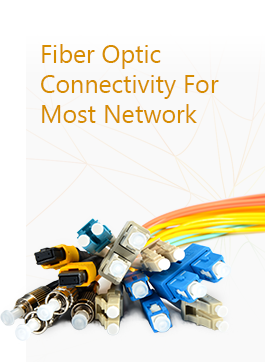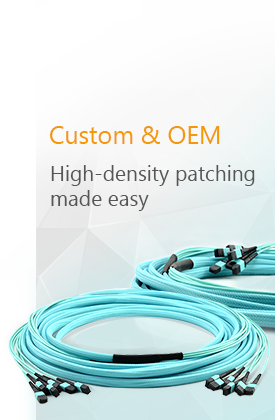In the intricate web of modern communication networks, network patch cables serve as the vital links that bridge the gap between devices, ensuring seamless data transmission and uninterrupted connectivity. These cables, often overlooked in their simplicity, are in fact the backbone of any robust network infrastructure, enabling high-speed communication and supporting a myriad of digital applications. Understanding the advantages, proper usage, potential failure points, and technical specifications of network patch cables is crucial for maintaining efficient network operations.
Advantages of Network Patch Cables
Network patch cables offer numerous advantages that make them indispensable in various network environments. Firstly, they facilitate flexibility and scalability in network design. With their modular design, patch cables can be easily reconfigured to accommodate changes in network topology or device locations, ensuring that the network remains adaptable to evolving needs. Secondly, high-quality patch cables support faster data transfer rates, enabling Gigabit Ethernet and beyond, crucial for handling bandwidth-intensive applications like streaming, gaming, and cloud services. Lastly, they promote organization and tidiness in network cabinets and racks, minimizing clutter and simplifying troubleshooting processes.
Usage Considerations and Prevention of Failures
To maximize the performance and longevity of network patch cables, proper usage and maintenance practices are essential. Avoid excessive bending or twisting of the cables as this can damage the internal wires and reduce signal integrity. Regularly inspect cables for signs of wear and tear, such as frayed insulation or exposed copper wires, and replace damaged cables promptly. Proper cable management practices, such as using cable ties and velcro straps, can also help prevent accidental damage and maintain organized cabling.
Moreover, choosing the right cable type for the application is crucial. For example, shielded twisted pair (STP) cables are ideal for environments with high electromagnetic interference (EMI), while unshielded twisted pair (UTP) cables suffice for most standard office environments. Ignoring these factors can lead to signal degradation and ultimately, network failures.
Technical Specifications and Support
Network patch cables come in various specifications to cater to different network requirements. Key parameters to consider include cable type (e.g., Cat5e, Cat6, Cat6a), conductor material (often pure copper for optimal conductivity), shielding type (UTP or STP), and maximum frequency and data rate support. For instance, a Cat6 patch cable supports up to 1Gbps data transfer rates and 250MHz bandwidth, while a Cat6a cable pushes these limits even further, enabling 10Gbps speeds and 500MHz bandwidth.
It's also important to note that compliance with industry standards like ANSI/TIA-568 and ISO/IEC 11801 ensures interoperability and reliability. Look for cables that are certified and tested to meet these standards, ensuring they perform as expected in your network environment.
Conclusion
In conclusion, network patch cables are the unsung heroes of modern connectivity, enabling fast and reliable data transmission between devices. By understanding their advantages, adhering to proper usage practices, and selecting cables with the appropriate technical specifications, you can ensure your network remains robust and efficient. Remember, investing in high-quality patch cables pays off in the long run, as they contribute significantly to the overall performance and reliability of your network infrastructure.


